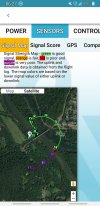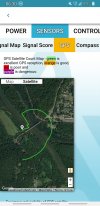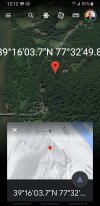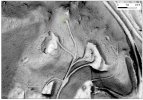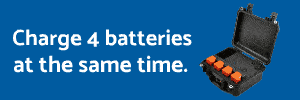- Joined
- Jul 22, 2022
- Messages
- 118
- Reaction score
- 31
- Age
- 72
I was flying a smart orbit at 360 feet of a bridge crossing between MD and VA from a boat ramp on the VA side. All was well until the drone suddenly lost signal. I could not control it. It deviated from the orbit and it may have hit trees... Not sure. When it lost signal it should have gone Home. It didn't. It was only 1700 feet away. I have had it half a mile away with excellent signal.
Any idea what happened?
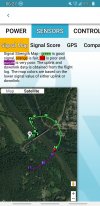
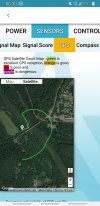
Any idea what happened?





